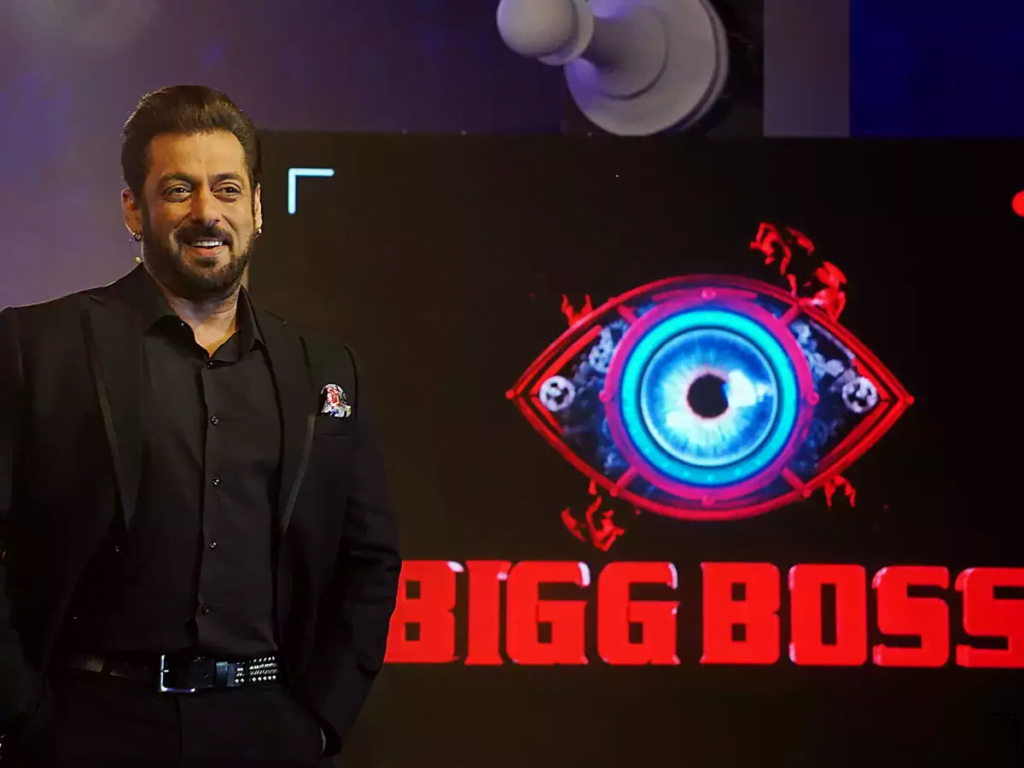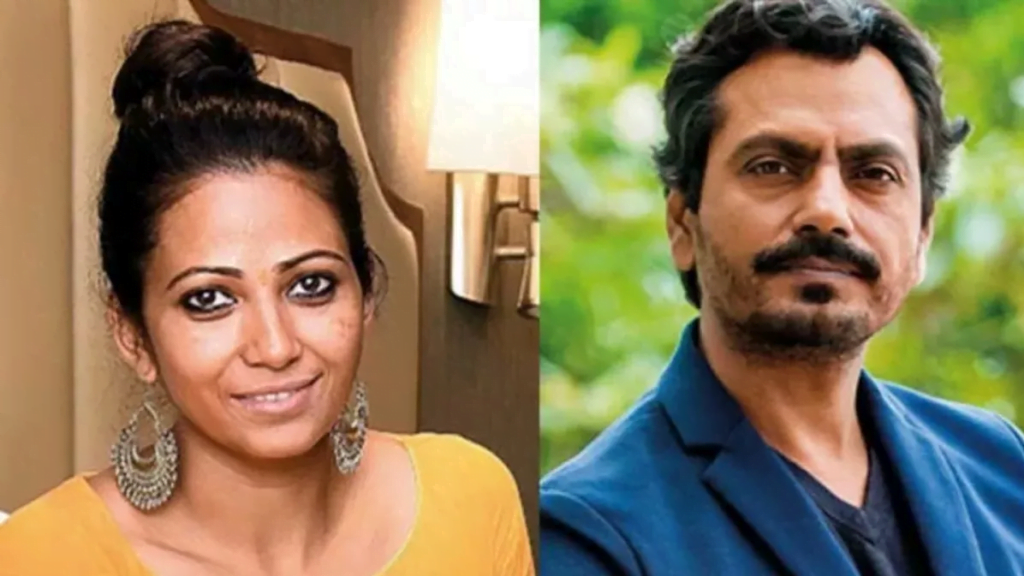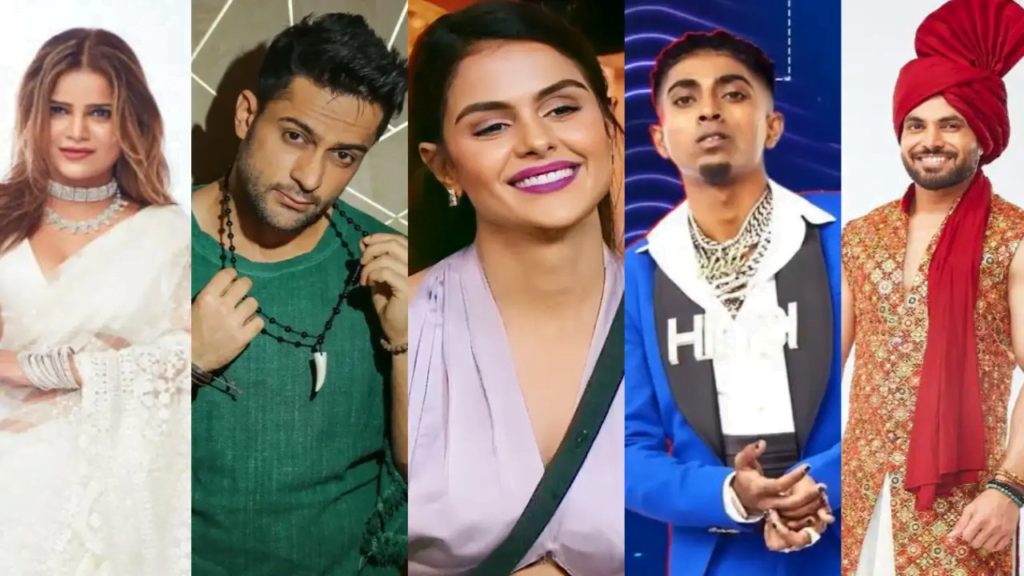19s songs are unforgettable
Due to their eternal melodies, emotional depth, and the bonds that listeners develop with them which are sometimes connected to important life events old songs are frequently remembered. Even though these songs’ remakes can be well-liked, they frequently don’t have the same emotional impact as the originals, prioritizing commercial appeal over true resonance.
One of the greatest things in the world is music. Who doesn’t enjoy songs, after all, especially if you share my passion for music? When I was listening to old tunes last month, several of my friends began making fun of me and asking me questions like, “Really! You’re still listening to these dated, uninteresting tunes in the twenty-first century?You truly have terrible taste.And so on.
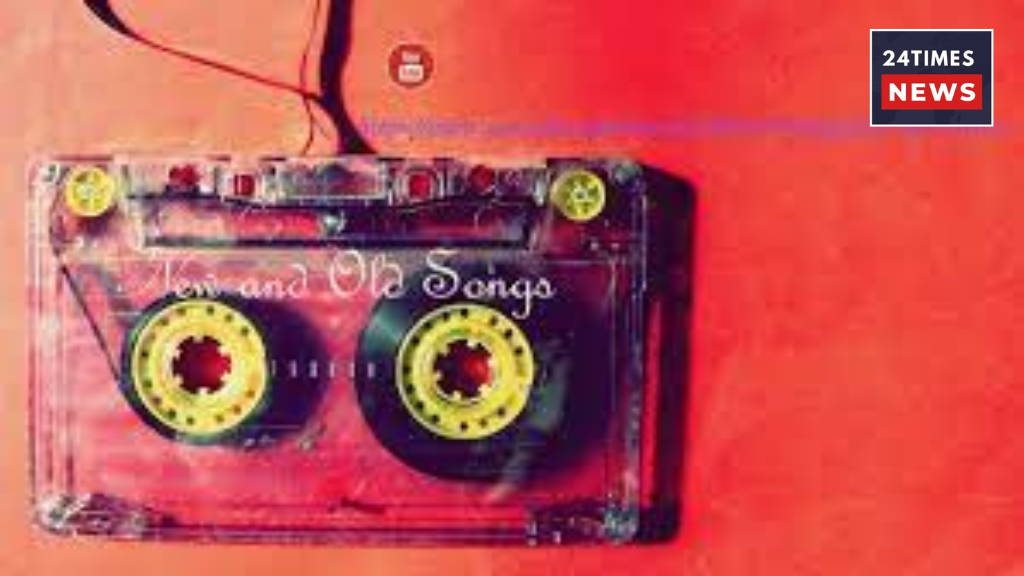
The titles of a number of Bollywood films are derived from popular songs. In addition, the title of the 2019 movie Ek Ladki Ko Dekha Toh Aisa Laga is a well-known song of the same name from the 1994 film 1942: A Love Story, which was written by RD Burman. Rochak Kohli’s rendition of the same RD Burman song serves as the title track for the new movie, “Ek Ladki Ko Dekha To Aisa Laga.” It’s interesting to note that Sonam Kapoor plays the lead in ELKDTAL, but her father, Anil Kapoor, plays the male lead. Agent Vinod (2012)’s song “Raabta” also serves as the title of a 2017 movie. Agent Vinod’s song of the same name serves as the latter’s title track, and Pritam wrote both versions.
Every song, from its conception to its writing and performance, has a backstory. Here are some explanations for why, even in the twenty-first century, I prefer older songs to new ones.
Classic Melodies
Consider timeless songs like “Lag Jaa Gale” by Lata Mangeshkar or “Bohemian Rhapsody” by Queen; their melodies are still recognizable decades after. On the other hand, current music, which is primarily composed of auto-tune and manufactured beats, frequently lacks uniqueness, natural charm, and conventional instrumentation.
Social and Cultural Importance
Historical music frequently mirrored the social and cultural concerns of the day. Songs like John Lennon’s “Imagine” and Bob Dylan’s “Blowin’ in the Wind” became anthems for social change, motivating generations. The traditional Hindi song “Duniya Mein Rhna Hain To Kam Kar Pyare,” for instance, is a prime illustration of cultural and social relevance that emphasizes the value of labor and/or hard work.
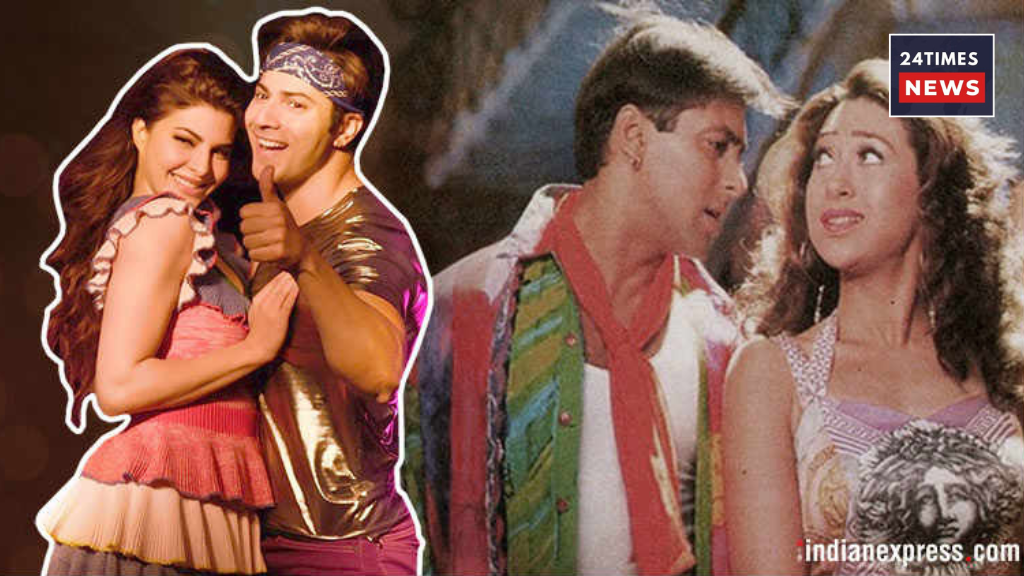
Songs by the renowned composer Rahul Dev Burman were especially well-liked by individuals who aimed to produce these versions, which were readily accessible on pirated cassettes and did not appear in movies. The quality of the recordings was often poor, and it was questioned if the original song composers knew how many of their compositions were being remade and freely distributed around the nation. In other words, copyright theft was widespread and there was little anyone could do about it.


